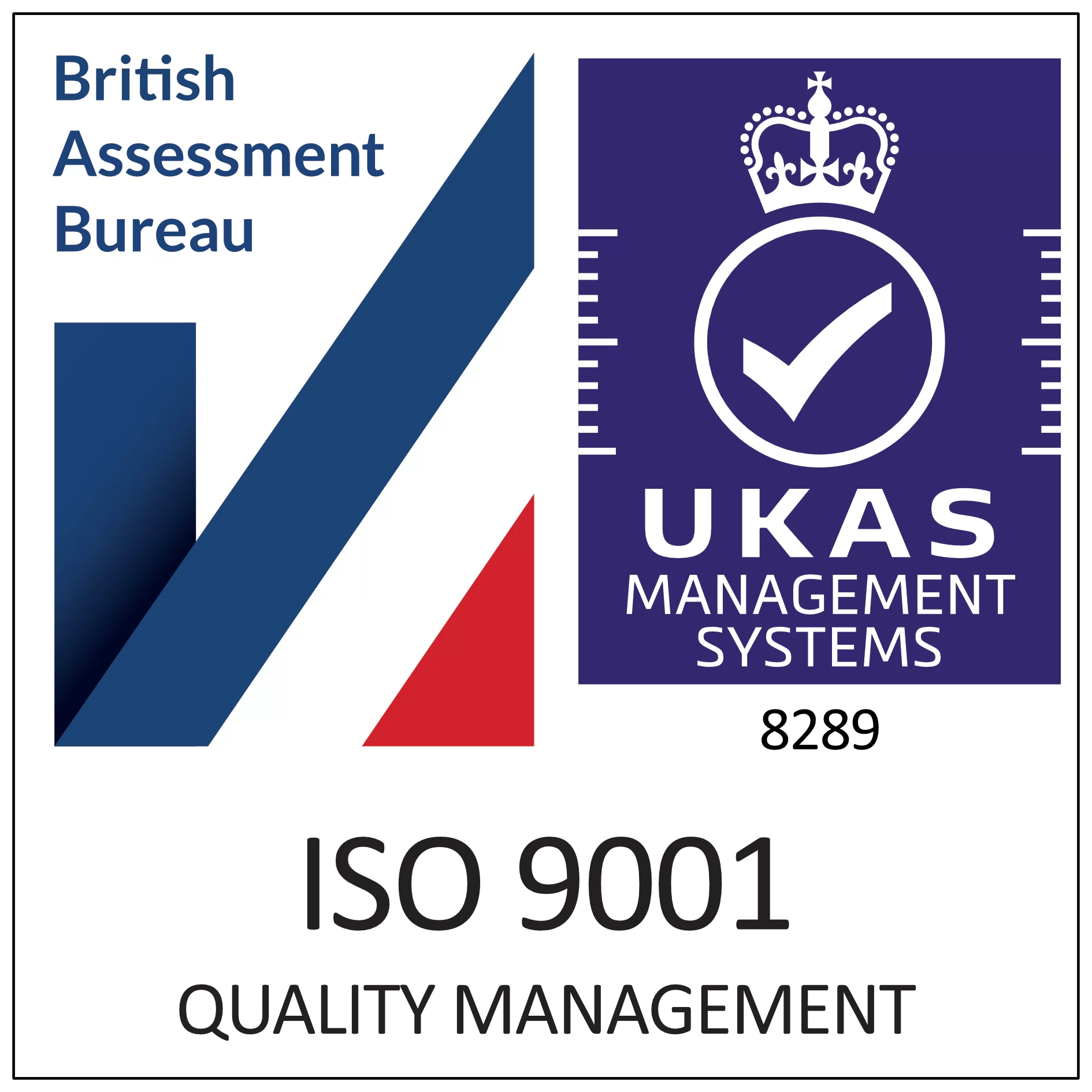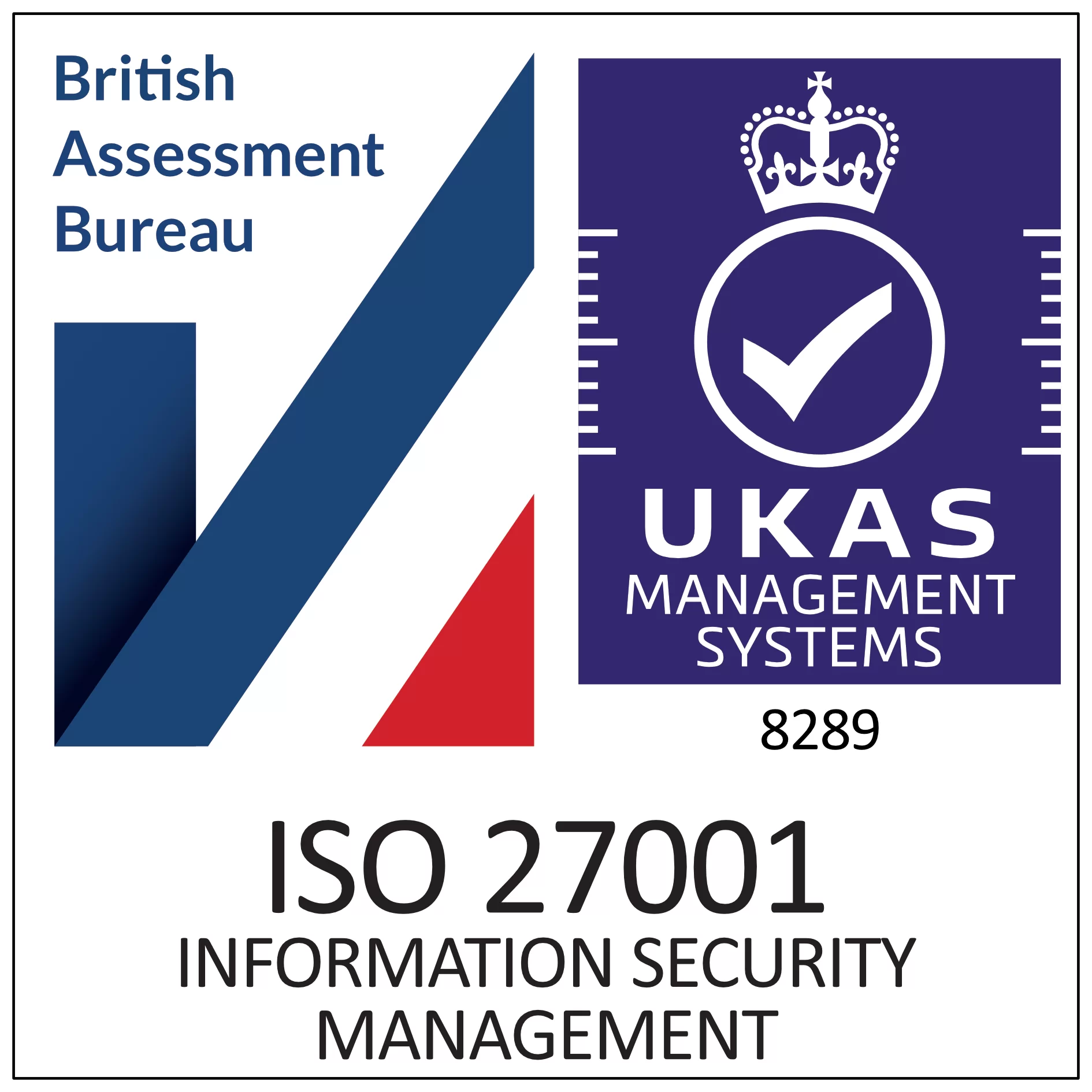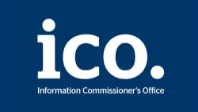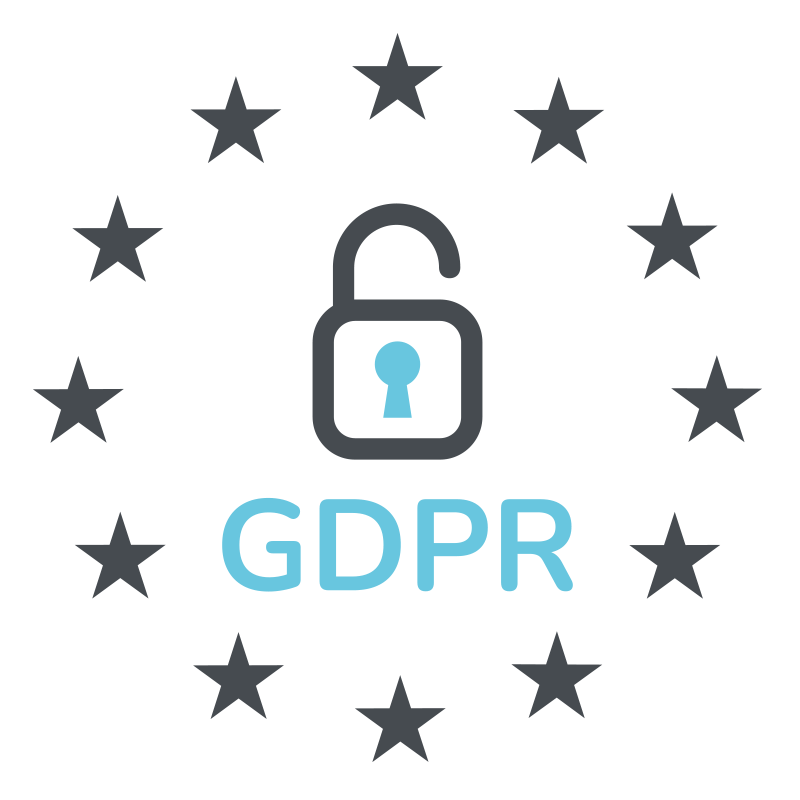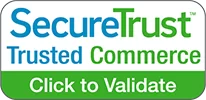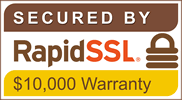Home | News & Insights |
How to Use Sales Battle Cards
Luke Garrett
Head of Digital Transformation
PUBLISHED
25th November, 2024
Sales battle cards can be invaluable tools for sales reps, helping them close deals more consistently, efficiently, and confidently. In this guide, we’ll be exploring what battle cards are, their benefits, and how to use them to use them properly to give sales teams a clear advantage over their competitors.
What are sales battle cards?
Sales battle cards are visual aids that provide sales teams with short, snappy, and easy-to-digest information about the company’s products or services and how they compare to competitors. This information also includes unique selling points, pricing, potential customer questions, and more. Battle cards are essentially designed to support sales teams and help them win deals. It’s a quick and efficient way to see how your business compares to competitors in key areas such as performance and value.

Why do sales teams need battle cards?
There are several benefits for sales teams when using battle cards when they are used correctly, including:
Create better pitches
Sales battle cards can help teams focus on delivering winning pitches, as all the information they need is in one place, rather than having to conduct time-consuming research. This allows them to be more agile and offer a seamless pitch that is more likely to win over prospects.
Without battle cards, sales teams would have to scramble on websites and through internal resources to find the information they need, which risks leaving a negative impression on customers. Also, as businesses encounter multiple different types of customers, battle cards can help sales staff be prepared to sell to any customer, with each pitch being customised based on specific buyer personas.
Understand customer challenges in advance
An important aspect of sales is having a clear understanding of the challenges your prospective customers might have, and how the company’s products or services can help resolve those challenges. Battle cards can outline customer pain points, as well as the specific products or services that may be best suited to those pain points. Therefore, sales reps can focus on their prospect’s needs and ensure they offer a tailored solution to address their challenges.
Stay ahead of the competition
Sales is a busy job role with teams always on the phone with potential customers trying to close important deals. They typically don’t have time to stay up to date with the competition’s latest updates, rollouts and new features. Battle cards (as long as they are kept up to date) can help teams stay well-informed on not only what competitors are doing, but also any relevant industry or regulation updates that could help with their sales techniques.
For example, if a competitor launches a product or feature that your company already offers, your battle card could include details about how your product is already an industry-leading solution, and how it can help provide customers with immediate benefits. Additionally, if a customer refers to a competitor’s offerings, sales reps can be prepared with a response that demonstrates how their company’s products and services will be more beneficial to the customer.

How to use sales battle cards
Sales battle cards are commonly used to help sales teams prepare for calls with prospects and increase their chances of securing deals. Below are some key tips for how to use sales battle cards to ensure they are valuable to sales staff.
- Gather information – battle cards allow teams to bring all useful information such as competitors, customer pain points, and product features together in one place, providing a quick and efficient resource to refer back to when needed.
- Share success stories – battle cards can be used for case studies and success stories that are relevant to the prospect’s specific situation.
- Tailor to the prospect – sales teams can review battle cards before a call with a prospect and align the information on them with that prospect’s business, industry trends, and potential pain points to ensure they take a personal approach to the sale.
- Address pain points and challenges – battle cards can help to anticipate potential objections from prospects as well as address their pain points and how the product or service can solve the pain points.
- Update for future use – after using battle cards for sales calls, it is highly beneficial to reflect on what worked well and what could be improved to make them more successful in the future.
- Define objectives and audience – when using battle cards it’s important to state the goal of the card and define the target audience.
- Easy accessibility – make sure battle cards can be accessed by everyone on the sales team in a simple digital format.
- Use a clear and easy-to-follow structure – battle cards are meant to make the sales process easier not harder. Therefore, they should use clear headings, bullet points, and concise language so reps don’t have to go through several full pages to find the information they’re looking for.
- Get feedback – involve key participants in the company in the battle card process and allow them to provide feedback. This will help you refine the cards so that they are the best they can possibly be when sales teams are using them with prospective customers.

What are the types of sales battle cards?
Various different types of battle cards can be created to help the sales process, depending on the specific needs of the sales team and customers.
Product battle card
Product battle cards equip sales teams with core details about the product or service they’re selling. The goal is to empower sales reps with the insights they need to effectively engage and persuade prospects. This includes demonstrating how the product or service addresses the prospect’s specific challenges, delivers value, and offers any unique features that may be advantageous.
Your product battle card might focus on a single product offered by your business or serve as a comparison of multiple products, covering their use cases, features, distinct selling points, and benefits. Regardless of which approach you choose, your battle card should be an invaluable asset for sales teams, spotlighting key features and advantages of the product and showing how it can meet the unique needs of customers.
Competitor battle card
As the name implies, this type of battle card gives sales reps crucial insights into the company’s top competitors. This information can encompass the competitors’ products or services, pricing structure, market position, and target customer profile. While it may seem straightforward, these details can be incredibly powerful during a sales pitch.
Prospects will almost always be comparing potential businesses and products when searching for their solution, and want to know how you stack up against a competitor. A competitor battle card ensures sales teams are prepared to answer objections or concerns prospects may have, and any questions they face regarding how their product is better than the competition’s.
Question-based battle card
Question-based battle cards feature information and questions that a prospective customer might ask the salesperson. These cards are likely to be smaller in size than other types of battle cards as sales reps can use them to manage questions from customers. Question-based battle cards provide an opportunity for sales reps to maintain a good conversation with prospects, putting their mind at ease by answering their questions.
Objection handling battle card
Objection-handling battle cards are a valuable resource for sales and customer service teams, offering prepared responses to typical objections that prospects or customers might raise during the sales process. These cards are designed to equip sales teams with the information and tactics needed to address objections confidently, helping to alleviate any concerns or doubts prospects may have.
Prospect-specific battle card
Prospect-specific battle cards are created bespoke with a specific prospect or potential customer in mind. Whilst generic battle cards provide an overview of competitors, products, customer pain points, and market trends, prospect-specific cards recognise the unique challenges, characteristics, and preferences of a particular customer. A prospect-specific battle card typically includes:
- Background – providing information about the company, the industry it’s in, location, size, and any other useful contextual information.
- Pain points and challenges – identify specific pain points, challenges, or business objectives the prospect is experiencing, with any supporting examples and evidence.
- Customisation – personalised messaging or value propositions that demonstrate how the product or service can resolve the prospect’s pain points/challenges.
- Competitor analysis – a breakdown of how the product or service compares to competitors, highlighting key differences that meet the prospect’s needs.
- Objection handling – any predicted concerns or objections the prospect might have with suggested responses and strategies to overcome them.
- Case studies – relevant success stories or case studies that illustrate how similar companies have benefited from your product or service.
Streamline your sales processes with E-Sign
Battle cards provide an effective way for sales teams to optimise their processes and successfully close more deals. This can be supported even further by E-Sign’s electronic signature and digital document solution. Experience the wide range of benefits switching to e-signatures can offer and ensure a seamless sales workflow for your team as well as more efficient document transactions for your prospects and customers.
Contact us today to discuss your requirements and our digital transformation team will be able to help provide a tailored solution that meets your document needs. You can also get started with E-Sign by registering for our 14-day free trial, allowing you to try the features and functionality of the platform for yourself and see how it could work for your business.
 Facebook
Facebook
 X (Twitter)
X (Twitter)
 LinkedIn
LinkedIn


